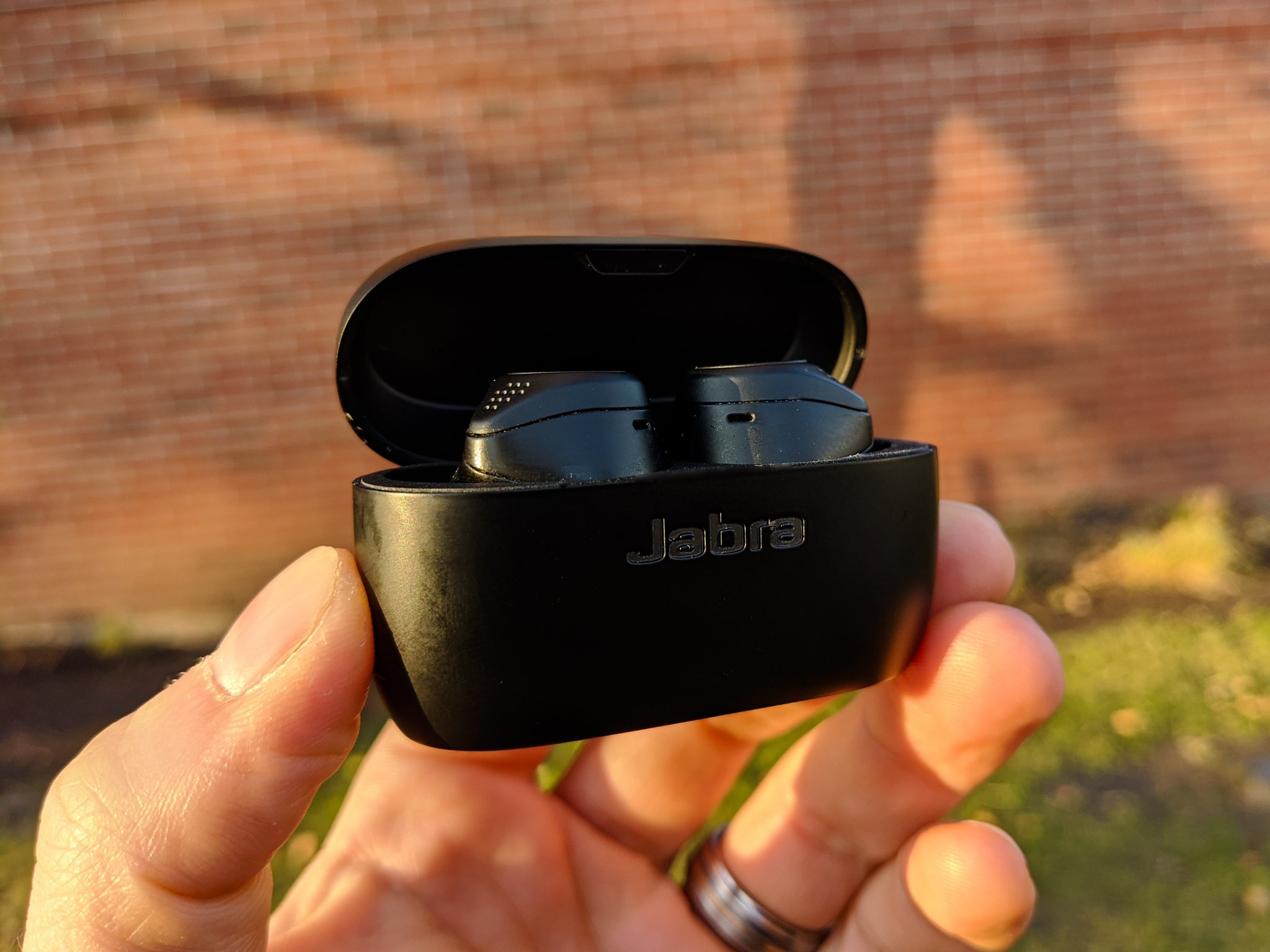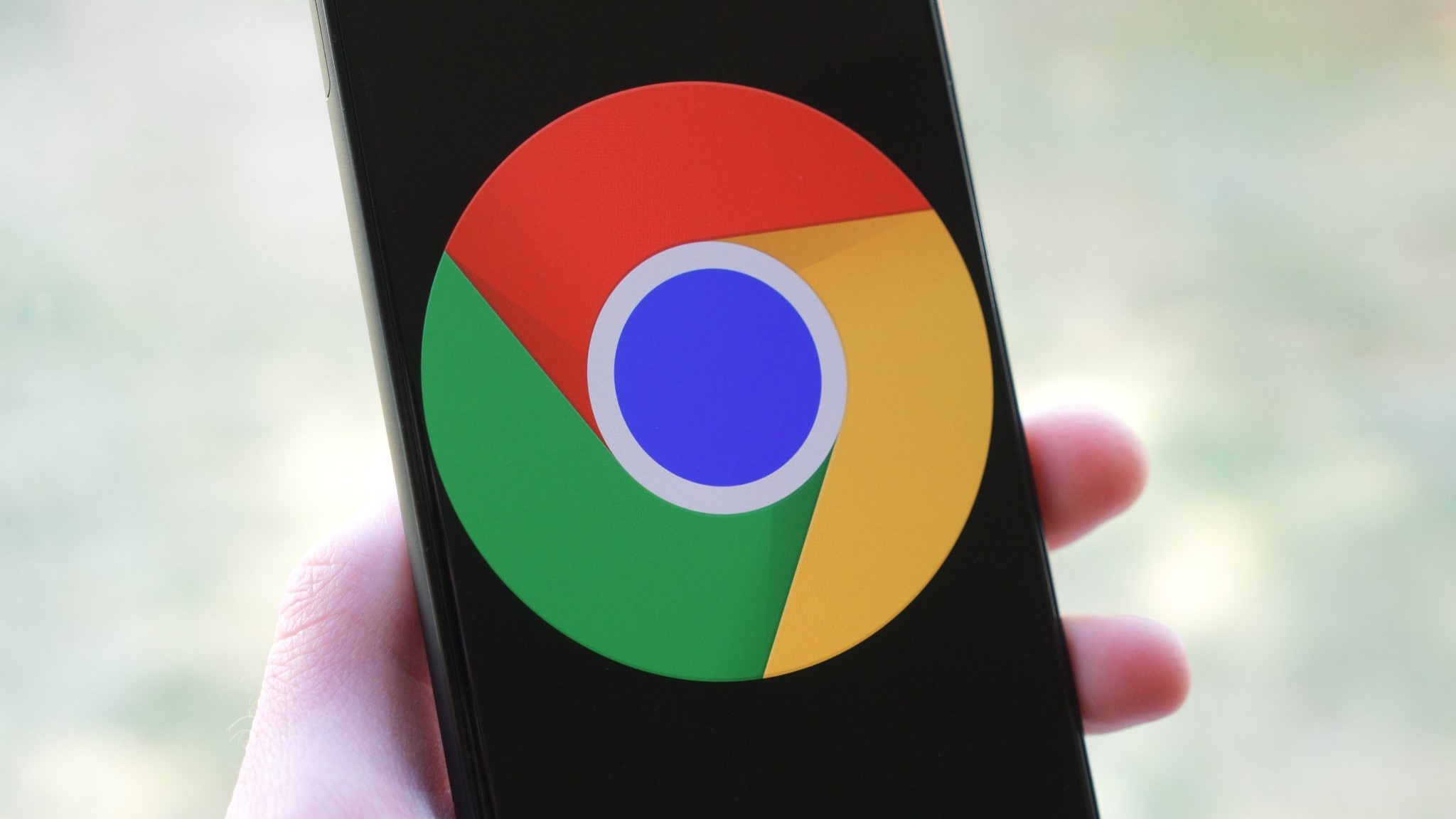Android Central Verdict
Bottom line: The Jabra Elite 75t are excellent true wireless earbuds that do everything really well. They're small, comfortable, and sound great, and have fantastic and useful features like auto play/pause. Battery life has been bumped over the Elite 65t, too, despite getting smaller, and Jabra's app is just as useful as ever. If there's one major complaint, though, it's the lack of active noise cancelation, which is becoming increasingly important in the category.
Pros
- +
Perfectly pocketable size
- +
Super comfortable with great battery life
- +
Bassy but pleasant sound profile
- +
Great passive isolation and transparency mode
- +
Awesome call quality
Cons
- -
Only right earbud acts independently
- -
Lacks noise cancelation
- -
Battery life lower than advertised
- -
Wireless charging case sold separately (and still not available)
- -
Only supports AAC and SBC codecs, no aptX
Why you can trust Android Central
What do you buy if you don't want AirPods? That's the subject of increasingly fierce debate among headphone and earbud enthusiasts around the internet, exacerbated in recent months by a slate of new entrants that force you, as the consumer, to pick between many strengths and a few weaknesses.
That's because no company has got it entirely right. Some true wireless earbuds sound great but sacrifice portability or battery life. Some are tiny but tinny, while others are feature-filled and expensive. Some charge via Micro-USB, and others can't stand a drop of rain.
But if you're like me, after the reviews are over, you just have to settle on a pair of earbuds to use as you walk around the city, as you sit on trains and buses and planes, or as you just do life. For the past year or so, that pair for me has been the Jabra Elite 65t. Despite charging via Micro-USB, they ended up coming closest to the right balance of comfort, sound quality, battery life, and durability, and now their sequel brings them even closer to perfection.
The Jabra Elite 75t are now available, released later than I, and probably Jabra, would have liked. Luckily, that extra development time wasn't wasted: these are among the most polished, reliable true wireless earbuds available today, and with a starting price $20 lower than initially put forth. However, they're missing a feature that, thanks to Apple, has forced companies to reconsider their plans for 2020 true wireless earbud refreshes: active noise cancelation (ANC).
Does it matter? Let's take a look — and a listen.
Jabra Elite 75t Next-generation greatness
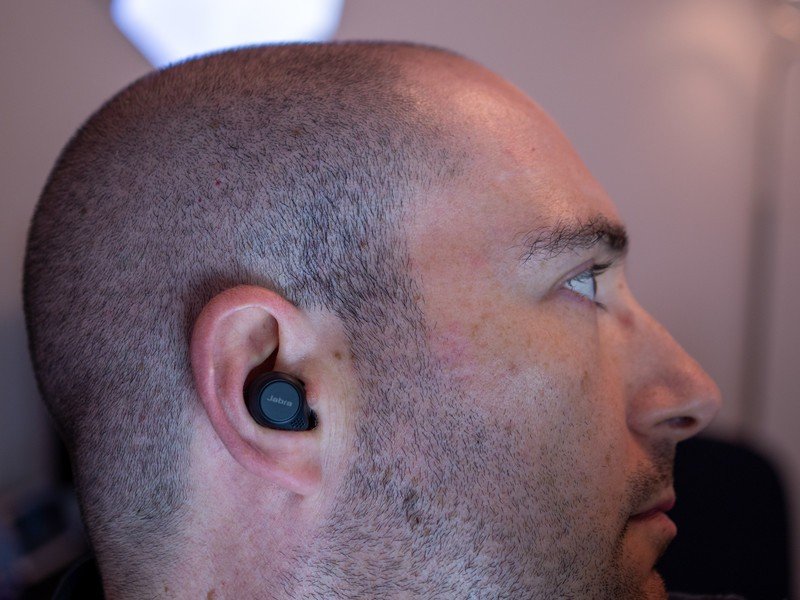
Though I'd used true wireless earbuds before, I was sold on them only once I started using the Jabra Elite 65t for extended periods. I'd had little success with the previous generations from Samsung, the IconX 2018, and the original AirPods sounded objectively bad.
These fix all of the Elite 65t's major problems and only introduce one or two new ones.
The 65t were comfortable and isolating, with enveloping sound, rich bass, and a wide enough soundstage to subdue my yearning for bigger, more powerful headphones. They also had tactile physical buttons, a feature I'd come to adore in other earbuds and loathe in ones that traded them in for gimmicky, unreliable capacitive gestures.
The 65t, however, also had issues: while they fit my ears well, the company admitted they were bulky and fell, or couldn't maintain a seal, for those with smaller canals. Worse, the case was plasticky and difficult to open, and without magnets, the buds easily fell out — especially frustrating for those cold winter days when you lose them in the snow. The originals also charged via Micro-USB, which wasn't unheard of in early 2018 when the buds were released, but got increasingly frustrating as the rest of my accessories transitioned to the new USB-C standard throughout 2019.
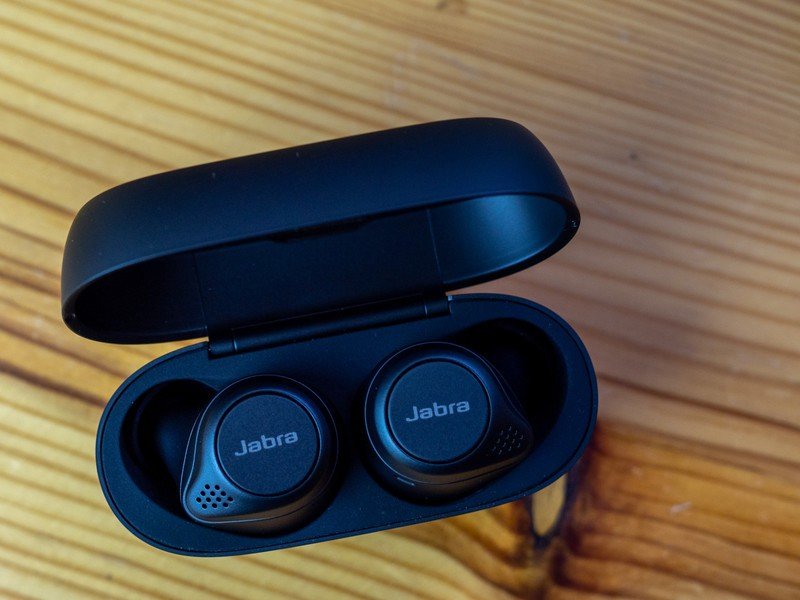
So here we are. The Elite 75t don't reinvent any wheels, but form a sense of continuity that largely (or diminutively) fix most, if not all, of the originals' problems. They're smaller, lighter, and far more comfortable for people with small ears. They also employ the same audio drivers as the 65t but promise better sound through a more stable, comfortable fit. They still use physical buttons, though as we'll talk about, they're not all an improvement, and the buds themselves settle into the smaller, redesigned case with a satisfying magnetic thunk. And, yes, they charge quickly over USB-C.
There are some other things that Jabra decided not to change from the 65t, too, mainly because they didn't need changing. The four-microphone array is just as good as before, leading to best-in-class audio calls, even in windy or noisy conditions. There's still IP55 water resistance, with additional protection against sweat (though not quite as complete as the Elite Active series, which is absent for this generation so far). Finally, the Bluetooth signal, ever strong on the 65t regardless of the device I connected to, maintains its robustness here.
Jabra Elite 75t So how do they sound?
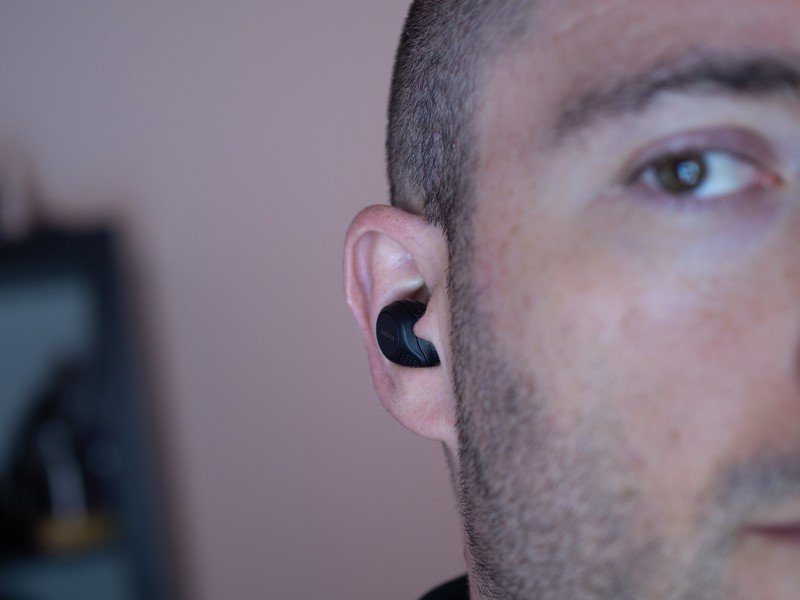
Since the Elite 65t were released in early 2018, the true wireless earbud market has seen major gains in many areas, but most notably in sound quality. The 75t, as a result, fall into the middle of the pack, largely thanks to effective sound isolation and a pronounced low-end signature that makes thumpy, bass-heavy tracks fun and dynamic. Given the relatively small drivers inside the 5.5mm earbuds, you're, unfortunately, just not getting the accuracy or wide soundstage of a larger true wireless counterpart like the Sony WF-1000XM3 or Soundcore Liberty 2 Pro.
The good news is that the Elite 75t sound fine. With support for AAC and SBC codecs, songs come through with warm notes in the mid-range, with vocals shrouded a bit under the veil of mid-bass. The highs can be a bit scratchy, but I only found that to be true on a few brighter, older tracker: most modern music is so compressed, and contains so much reverb that the default equalization settings are perfect for these earbuds.
The bad news is that they only support AAC and SBC codecs, where many competitors, including the better-sounding Soundcore Liberty 2 Pro, use Qualcomm's fuller and more bandwidth-intensive aptX.
These are not the best-sounding true wireless earbuds, but they outperform for their size and sound awesome with most music.
I would have liked the ability to automatically adjust the equalizer according to my traits, a feature I truly appreciated on Soundcore's Liberty 2 Pro and Jaybird's excellent (and similarly-sized) Vista. Still, the available presets — Bass Boost, Treble Boost, Energize, Smooth, Speech — can be easily tweaked through the excellent Jabra Sound+ app. There are also three distinct profiles for home, outdoor/commuting, and focus, the latter of which offers a selection of white noise through the app.
Most of my listening on true wireless earbuds is done while I'm not necessarily scrutinizing the audio I'm hearing — while I'm walking, or sitting on a bus, for example — but it's in those situations where noise cancelation would come in handy, since it literally makes the content more prominent in your ears. The Jabra Elite 75t doesn't have that feature — heck, most true wireless earbuds don't — and given the warm reception to Apple's AirPods Pro recently, along with the excellent Sony WF-1000XM3 earlier this year, I wonder whether Jabra is kicking itself for not doing the same.
To be fair, the passive isolation on these is very good, especially given the ease at which they achieve a great seal, but now every company, including Jabra, has to contend with Apple and Sony bringing a gun to a knife fight. ANC, when done right, is just an objectively better listening experience than passive isolation alone, and there's nothing that Jabra can do about that right now.
Jabra Elite 75t Who'da thunk it?
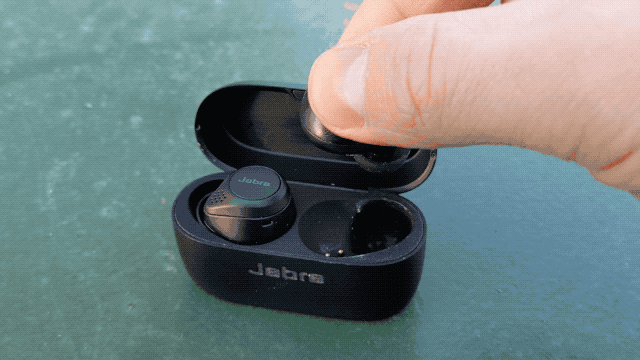
Aside from the smaller physical size of the buds themselves, my favorite part about using the Elite 75t over their predecessor has to be the updated case. Whereas the 65t's case used creaky, greasy plastic with a top hinge you needed to squeeze to open, revealing oversized buds that spilled out at a moment's notice, the sequel is around 20% smaller and features a reliable magnetic hinge that stays open when desired and shuts with a satisfying thunk.
Similarly, the buds themselves are held in with strong magnets, and placing them back in is basically a game on its own: holding the bud close to the cavity, the magnet activates and practically pulls it out of your hand, oriented perfectly every time. It's addictive and completely reliable; the magnets are strong enough to bring the case with it, and holding it upside down and shaking it does nothing to dislodge the buds themselves.
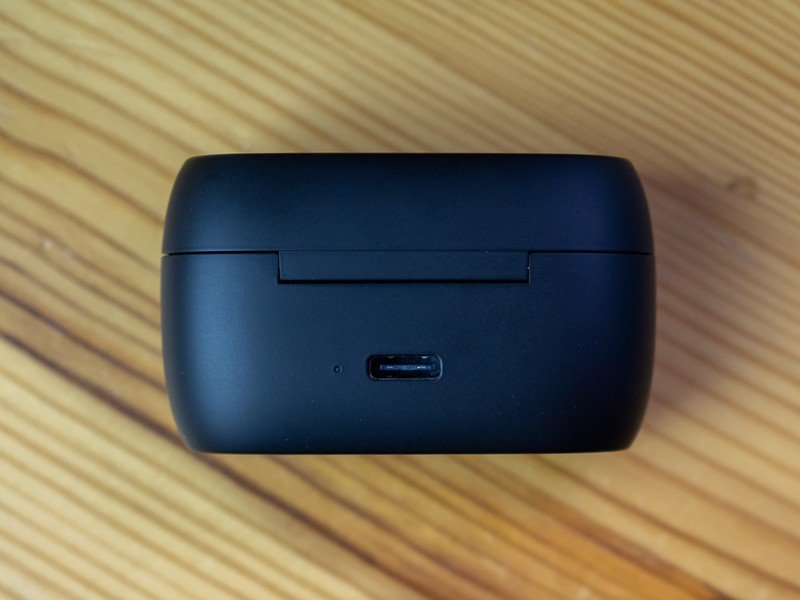
Jabra also took it upon itself to add USB-C charging to the Elite 75t, offering an hour of playback with 15 minutes of charging time, which is fine and absolutely status quo. However, the company also promised an improvement in overall battery life, from around 5.5 hours on the 65t to "up to 7.5 hours on a single charge" with the 75t. That's just not true. I bled these dry on at least four occasions and didn't go beyond six hours once, and once when I was outside and played at higher-than-normal volumes, I only got five hours. But Jabra reduced the size of the battery in the 75t, and it still consistently lasted longer than the 65t — and the smaller case holds an extra six hours of charge. So that's a win.
I have no doubt that the 75t could theoretically last up to 7.5 hours in ideal circumstances, but those don't exist in the real world. Gratifyingly, though, the tiny case still holds an extra three charges, so regardless of whether that totals 22.5 or 18 hours, there's plenty of listening in this Lilliputian package.
Jabra Elite 75t Call me maybe
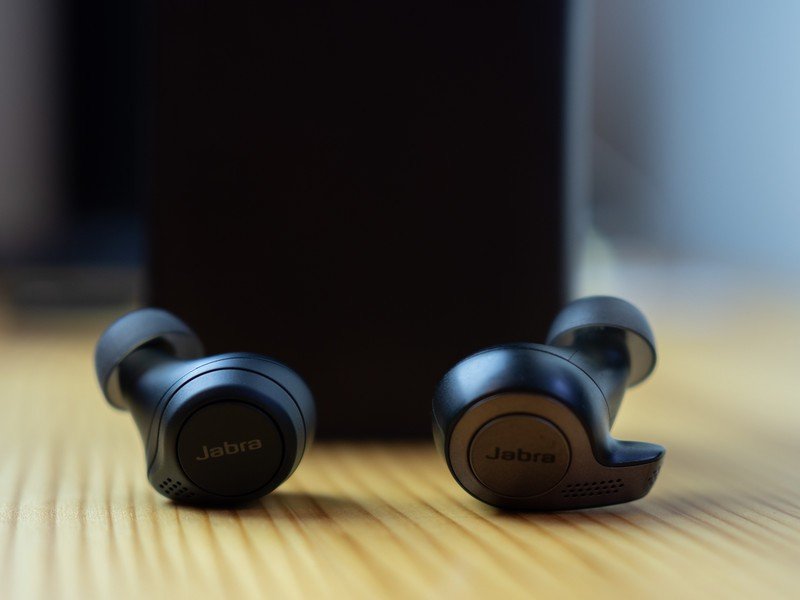
Jabra is a headset company first and foremost and likes to talk about the call quality of its headphones over their sound quality — a strange marketing decision for a line of products marketed to average consumers, but I guess it's a predilection that's hard to shake. Still, Jabra isn't wrong: aside from the AirPods, these are the best-sounding true wireless earbuds for making calls I've ever used.
There's a feature called Sidetone that uses the four microphones to let you hear yourself on phone calls, negating that drowning feeling of imbalance that comes from talking while the ear canals are blocked. It's an effect that works really well, and Jabra goes a step beyond Apple here by making Sidetone's severity customizable, so it's easy to find the perfect level.
In fact, Jabra's transparency mode, called HearThrough, is outstanding. Like Sidetone, it pipes in sound from the outside, letting you hear the real world and have proper conversations without needing to remove the buds themselves. It's not perfect — there's still an artificiality that the AirPods Pro don't have — but it's very, very good, and certainly better than the Galaxy Buds.
One of Jabra's advantages over the competition continues to be its use of physical buttons. There's a single button on each, and by using a combination of single presses, double-presses, triple-presses, and press-and-holds, there's a lot that can be accomplished without taking out your phone — and unfortunately, a lot to inevitably forget.
The problem is that none of it is intuitive since almost every regular interaction requires both earbuds to be inserted. Play/pause uses a single press of the right earbud, but skipping tracks requires double or triple-pressing the left earbud. Why? Because double-pressing the right earbud activates Google Assistant, Alexa, or Siri.
On most earbuds with physical controls, holding down the right earbud powers the thing on or off — at least, that's what happened on the Elite 65t — but on the 75t, that action increases the volume. Reducing the volume requires a parallel gesture on the left side. Pressing the left earbud once activates HearThrough or mutes the microphone, depending on whether you're listening to music or taking a call. The list goes on and on.
The reason the whole interaction feels so convoluted is that the 75t lack the dedicated volume buttons of their predecessors. The 65t's earbuds were large enough to delineate two separate zones on the left earbud, but that's been eliminated on the smaller 75t, which only has room for a single multi-function button on each side.
If you want to listen with one earbud, it has to be the right earbud, which in 2019 feels ridiculously limiting.
All this is to say that it's worth putting in both earbuds whenever possible, even just to listen to a podcast or take a quick phone call. If you do want to listen to a single bud, it's only possible with the right one; unlike most of the competition these days, Jabra limits mono listening to the right earbud, mainly because the very modern 75t use a legacy way of connecting to a device, by treating the right bud as the 'parent' and the left as the 'dependant'. It's the same way the 65t connects, which felt weird and limiting in 2018 and it feels even more so now, especially when practically every other true wireless earbud worth its salt can switch it up.
Jabra Elite 75t Rock solid
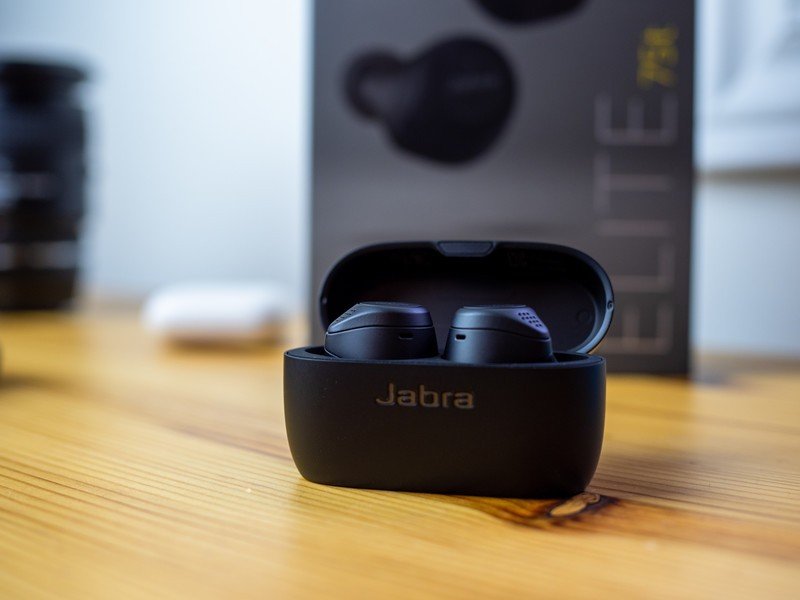
All of the (self-created) bluster around the Elite 75t's awkward control scheme (which I quickly mastered) is quickly set aside when focusing on connectivity. Like the 65t, these earbuds provide a rock-solid connection to practically any device. I tried them with a Pixel 4, a Galaxy Note 10, an iPhone 11 Pro, a Pixelbook Go, and a MacBook Pro, and the earbuds held a perfect connection every time.
Even better, the earbuds can pair with up to eight devices and have active connections with two, switching seamlessly between them (as long as the first source has paused first). It's a remarkable feat for such tiny contraptions and proves extremely useful when I'm listening to music at my computer and want to receive a phone call from my Pixel, for example.
Finally, one of my favorite features, auto-play/pause is back: just remove the earbud and the music stops; put it back in and it starts up again. It's seamless and works every time. Chef's kiss.
We need to talk about the competition
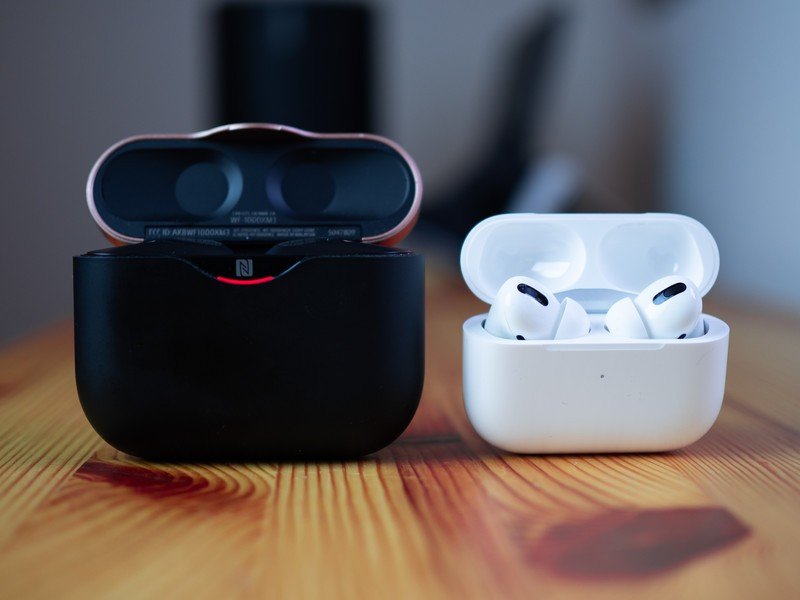
At $180, the Jabra Elite 75t are positioned in the middle of the pack in terms of pricing. You can (and maybe should) get the Elite 65t for $100 over Black Friday, which is a bargain for a pair of still-amazing headphones, but the MSRPs on other true wireless earbuds — $60 for the Creative Outlier Air, $130 each for the Galaxy Buds and Echo Buds, $150 for the Soundcore Liberty 2 Pro, $180 for the Jaybird Vista, and $50 for whatever these are with 830+ 5-star ratings on Amazon — are still lower and more appealing.
Then there are the ones with ANC: the $230 Sony WF-1000XM3 and the $250 AirPods Pro.
Yeah, it's hard to decide which true wireless earbuds to buy these days. Everyone is taking the challenge seriously, and that's bringing down the prices of decent models and forcing companies in the premium space to iterate very quickly.
One thing worth mentioning, while we're talking competition: Jabra initially listed the Elite 75t at $199.99, but before launch dropped the price to $179.99. The company says that next year, a case that supports wireless charging will go on sale, filling another gap that Jabra didn't solve at launch. Still, it's a move in the right direction, and will probably bring the price closer to what people are paying for the AirPods Pro today.
Jabra Elite 75t Should you buy them?
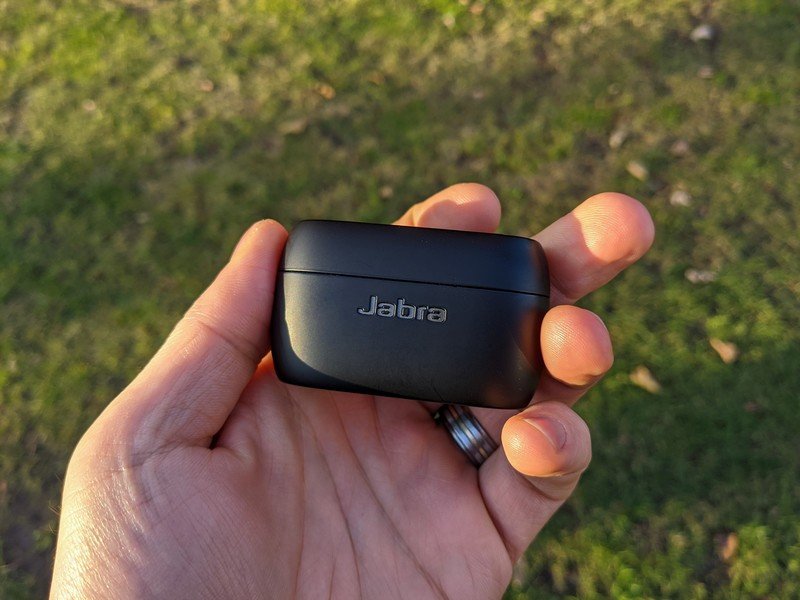
I've used over 20 pairs of true wireless earbuds this year, and there's a reason that the Jabra Elite 65t, released in early 2018, maintained their place in my pocket. The Elite 75t improves on them in almost every way, and has cemented themselves as my new true wireless earbud daily driver, at least for now.
4.5 out of 5
The minor issues that it has — confusing controls, a lack of active noise cancelation, right-only mono mode — by no means overshadow what is an otherwise-elite experience. They're well-made, nicely designed, small, light, reliable, and sound great. They're nowhere near the top of the list in terms of sound quality, but for what I use my true wireless earbuds for, that's a perfectly reasonable compromise.
Daniel Bader was a former Android Central Editor-in-Chief and Executive Editor for iMore and Windows Central.
